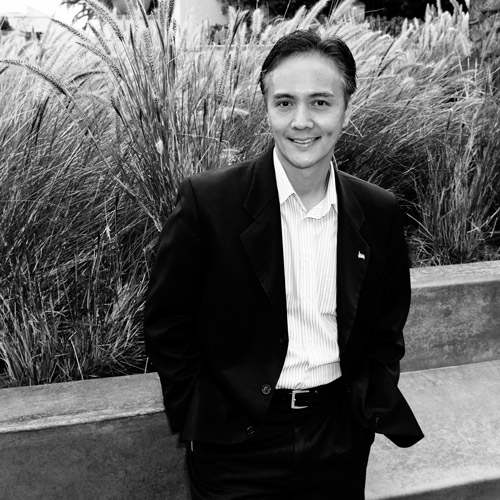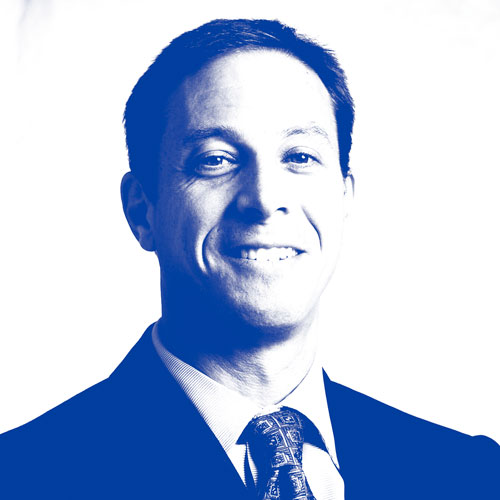Student engagement? Yeah, there’s an app for that. Garrett Pendergraft took a cue from Foursquare when he created Sophy, a mobile web application he uses to enhance learning through gamification in philosophy classes at Pepperdine University’s Seaver College. Sophy lets students earn Sophy Points by completing professor-approved tasks, which each have different point values depending on difficulty. Students earn one point for meeting a professor during office hours and up to ten points for producing a relevant and informative video. The program is customizable, and students receive automatic alerts to track their progress against classmates via the Sophy leaderboard. According to Pendergraft’s Sophy abstract, the game helps students naturally engage in coursework.

Pendergraft funded Sophy through Pepperdine’s unique Innovation in Technology and Learning grant program, which offers seed money to full-time faculty members from all five university schools. Jonathan See, chief information officer, says the program helps “create an environment where faculty members can exercise creativity in trying out new and existing technology to enhance teaching and learning.” The grant program, started in 2008 in partnership with the provost’s office, awards up to $80,000 in funding each year with maximum grants of $10,000. Since its inception, the program has awarded over $312,000 in grant seed money.
See, who has worked in higher education for twenty-six years and at Pepperdine for ten years, considers himself a strategic CIO. He and a team of ninety IT professionals provide better technology services to the university and improve the user experience to better serve students. A Technology and Learning group even supports faculty grant winners. “They bounce ideas off us, and we help them achieve their learning objectives,” See says. “We work closely with them to implement their ideas and neutralize their hesitations about using technology.” Grantees are invited to present at an annual IT-sponsored faculty conference. The faculty-teach-faculty model drives higher engagement and buy-in, as faculty members hear from their peers. “If an idea in academia comes from IT, it’s received differently. When we can get professors to teach their peers, and to show them what’s possible, we see better results,” See says.
The grant program is just one way See’s department contributes to a culture of innovation at Pepperdine. IT reports to the provost’s office and is an academic arm of the university. See offers a regular faculty development program, and he also invites faculty members to join him at conferences across the United States.
Additionally, See’s department has deployed several initiatives designed to increase efficiency. “Technology is everywhere at a university. It’s not just in IT, it’s in every department, and it’s in our personal lives. We have to look at how we can harness tech tools to streamline business processes,” he says. His team looks for opportunities to introduce automation to replace manual businesses processes. “If we can take a manual effort from twenty hours a week to four hours a week, you can repurpose your time to better serve the students,” See explains.
In 2015, See’s team accomplished these goals by rolling out digital signatures. Pepperdine’s buildings sit on a Southern California hillside and face the ocean. Before digital signatures, staff and faculty members had to hike from building to building to gather signatures on forms, contracts, and documents. Now, technology has reduced a daylong process to minutes.
In an academic setting, change often moves at a snail’s pace. See navigates the pace problem by approaching stakeholders in person and communicating directly with executives, including the president and provost. He serves as a change agent and demonstrates a more effective way to accomplish a task on campus. Then, his department works with the stakeholder to implement the idea.
For example, See’s team is completing a campus-wide customer relationship management (CRM) initiative that required buy-in at all levels. “We sold the idea by illustrating how a unified CRM would create a stronger student body and alumni base by giving the university the chance to speak with one tone, style, and voice while engaging the student at every point of their lifecycle,” See says. When each of Pepperdine’s schools had its own CRM, Pepperdine lacked a way to engage each student. Now, the university can enhance its engagement from recruitment to retention to advancement.
At every step, See works to help stakeholders understand the gains associated with centralizing the use of databases and platforms. He also works hard to help those stakeholders take ownership of initiatives. He formed a CRM governance committee made up of those stakeholders and then asked them to take the lead. “I may start something, but I ask the stakeholders to run with it, because otherwise a project becomes another IT initiative that they may never support,” he says.
The committees monitor each project and suggest changes as IT pivots to facilitate each initiative. At the start, See presented several platforms for the group to consider, and the committee ultimately chose Salesforce as its platform. The process took a little longer than it would have if See merely prescribed a platform, but he believes a more engaged governance committee will yield better results in the long run.
There are other ways IT innovates at Pepperdine. Although the university doesn’t offer a full computer science degree, See and his colleagues created an internship program in 2014. The collaborative program, built through the Natural Science division, pulls senior students into paid, year-long positions where they work on real business issues and help the university solve problems. At the end of the year, interns present their solutions, and IT helps implement the projects. In 2014, the program’s first three interns accepted job offers from software development firms before graduation.
Now, See is turning his attention to research computing. While Pepperdine is known more for teaching than research, he’s working to provide internal researchers with resources and expand research in general to attract new faculty researchers and students who want to learn from them. Then Pepperdine could receive federal research grants. Through these efforts, See is proving once again that technology can create new opportunities for staff, faculty, and students at Pepperdine University.















